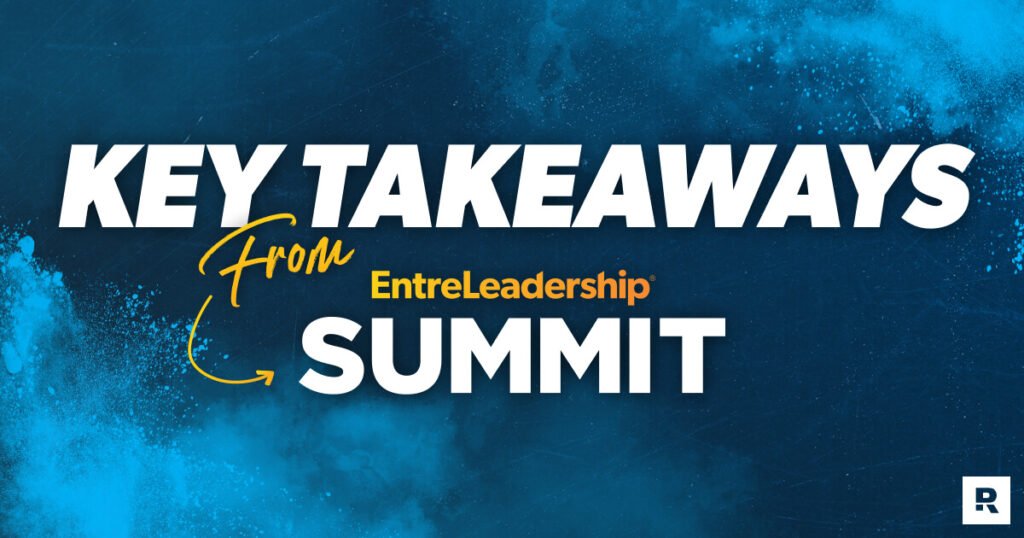You walk into a room with 2,700 people. Every one of them is leading something—teams, businesses, families. Every one of them knows what it’s like to carry the weight of decisions, dreams, deadlines and often even payroll. And every one of them came to this conference for the same reason: to grow.
That’s EntreLeadership Summit.
It’s a four-day event where growth-minded business leaders learn how to level up in business, leadership, relationships and life from world-class speakers. For many, it’s also the first time in a long time they’ve felt seen, inspired and truly connected to other leaders.
“[Summit] elevates us,” said Jarrod Twiss, vice president of Ranch Fence, based in California. “It fills our tank. It helps us come back more aligned. . . . It recharges you.”
Summit has become a regular rhythm in Jarrod’s leadership calendar. It’s also become a staple for thousands of others because of the real-world value they walk away with every year.
This Year’s Truth Bombs Were Next-Level
Summit consistently delivers game-changing lessons you can apply immediately to your leadership skills, your team culture and bottom line. And Summit 2025 was no different.
Here are some 2025 key takeaways from our all-star speaker lineup.
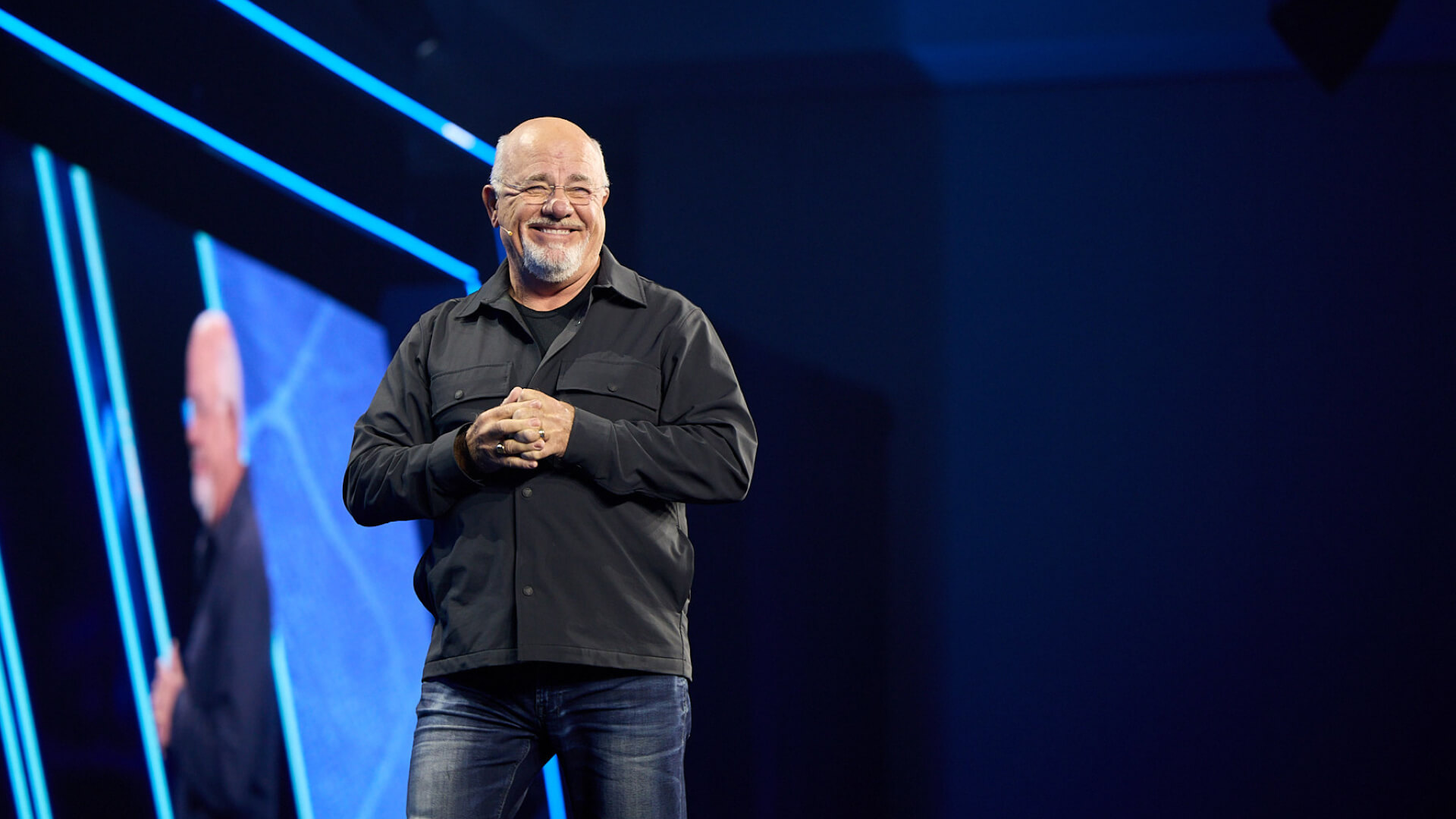
What you feed your mind shapes your leadership.
Dave Ramsey challenged attendees to be the best version of themselves by watching what they consume. “If you put trash in, guess what will come out of you? Garbage,” he said. “Instead, be transformed by the renewing of your mind.”Dave also called leaders to stop settling for average. “Add value. Don’t take value. . . . Don’t be normal. Normal sucks,” he said. “Be the leader. Don’t be a boss. . . . Make sure you remember that the people on your team are not units of production. These are humans that you are there to serve if you’re the leader.”

Great businesses are built with great people—starting early.
Jim Collins, author of Good to Great, shared that less than 1% of businesses go from good to great once they’re big. You have to build the greatness in right from the beginning. Here are three of his essentials:
Think who, then “what. Great vision without great people is irrelevant. Fill 90% of your seats with the right people if you want to grow.
Embrace productive paranoia. Never settle. Always keep your eyes open to what could threaten your momentum.
The 20-mile-march mindset means steady, consistent progress, regardless of conditions. Instead of trying to make big steps when conditions are favorable, march 20 miles every day: “Those who do really well in the most turbulent and chaotic environments, the most lethal environments, they are the 20-mile marchers. . . . It could be a growth march, a profit march, a customer service march, a quality march, but they marched.”
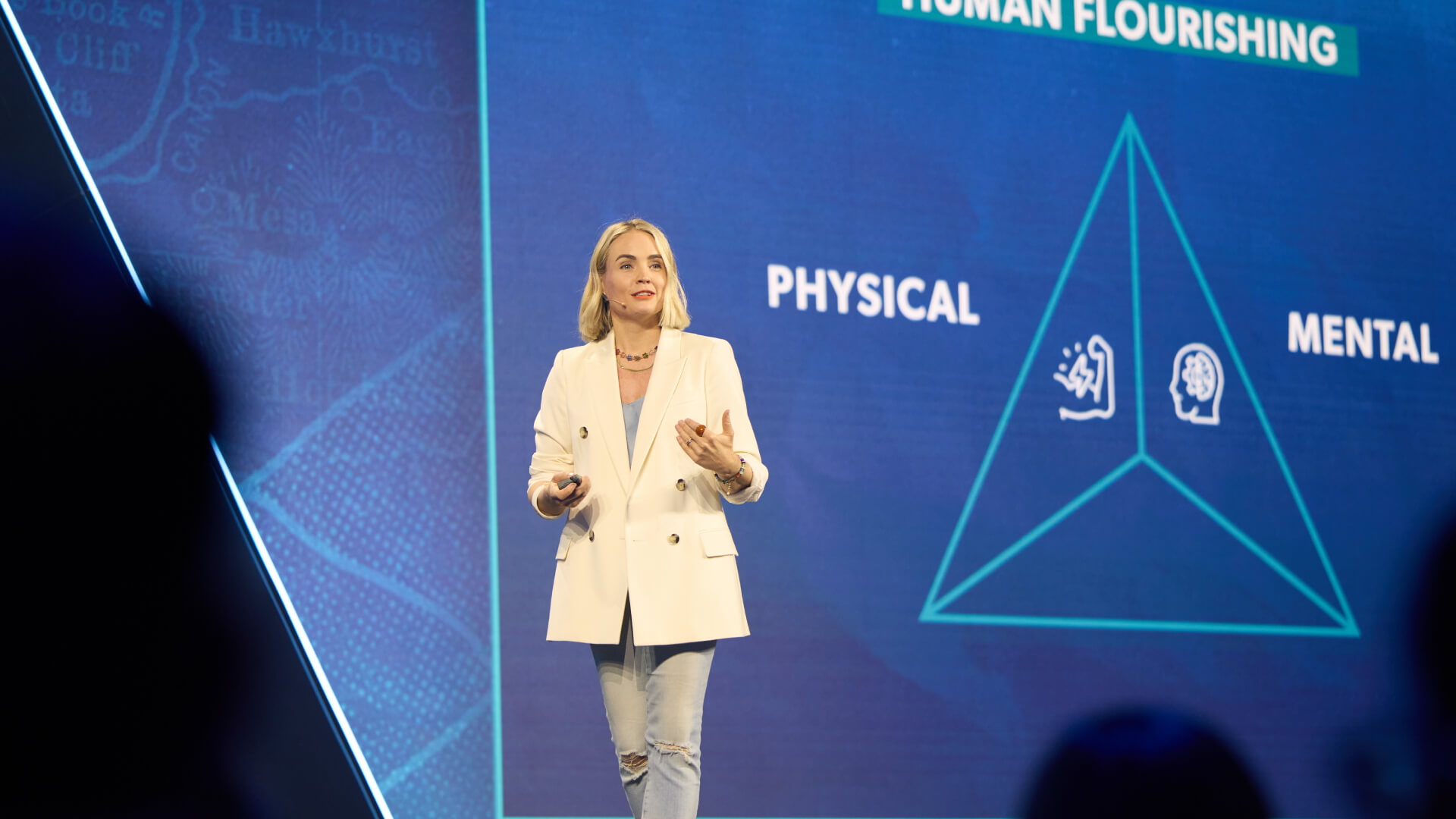
Meaningful work doesn’t mean solo work.
Liz Bohannon got real about connection at work and how vulnerability and vision build stronger teams than spreadsheets ever will: “The blessings and the burdens of leadership—it is just too much to carry on your own. . . . When we share our joy, it multiplies. And when we share our burden, the weight divides.”
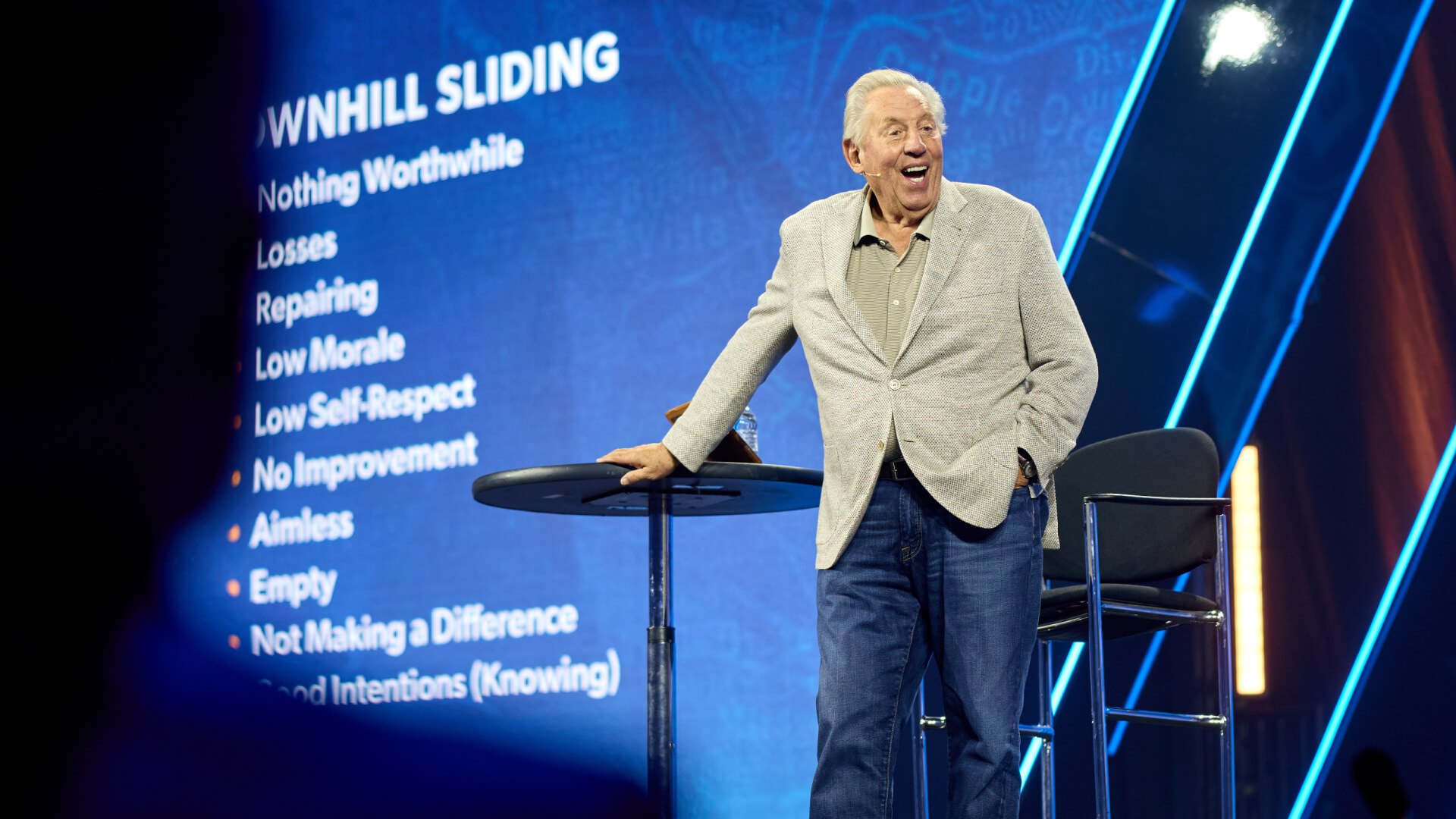
The best things happen just beyond our comfort zone.
John Maxwell challenged attendees not to stop at the top 10% of their game. The real reward lives in the top 2%: “There is nothing in your life that’s worthwhile . . . that you didn’t have to climb uphill to get.”
And that was just day one.
A Week of Perspective Shifts
The rest of the week stacked wisdom on top of wisdom from even more top speakers.

See your team and speak into their potential.
Stephanie Chung stressed the power of seeing the potential in your people and giving to them what only you can give—yourself. “Your people can go and get a better job, better benefits, better pay someplace else. The thing they can’t get someplace else is you. You are the differentiator.” Extend your time and attention to team members you want to develop, through coaching and mentorship.
What you think is a culture issue might really be a communication problem.
Jefferson Fisher came in swinging with this truth: “If your people don’t feel like they can trust that they’re being heard, if your staff members don’t feel like they can speak up for themselves, if your managers can’t get a different opinion without getting defensive . . . you don’t have a culture problem. You have a communication problem.”This wasn’t just a wake-up call—it was a shift in perspective. Next, he walked through a three-step framework for how to have hard conversations that don’t wreck meetings or relationships.
The best negotiations help everyone win.
Chris Voss emphasized that you’re always negotiating, even when you don’t realize it. Understanding, trust and collaboration are the ingredients of great relationships. “Negotiation is not about, in my view, ‘I win, you lose.’ It’s, ‘We prosper together.’”
Bold leadership starts with standing up.
Seth Dillon proved that thinking differently isn’t just okay—it’s powerful when done with purpose. He showed what it looks like to lead boldly and stand firm in a world of chaos. “The minute people stand up and say something . . . they actually start to make a difference.”
Every moment matters—especially the small ones.
Elizabeth Dixon gave a fresh take on customer experience: “It’s going to feel like an average Thursday to you, but the impact you’re making on someone else’s life is going to be life changing.”
The 2025 lineup also included Dr. John Delony, Ken Coleman, Patrick Lencioni, Brian Buffini and more. Each speaker brought practical insights to help attendees grow themselves, their teams, their tribes, and their businesses.
But It’s Never Just About the Speakers
Ask any attendee what keeps them coming back to Summit, and it’s rarely just the A-list names on stage.
Chris Bryan of Northwest Drywall Company explained, “As good as the speakers are, the power of that relationship and actually being in the ditch with somebody is amazing.”
The hallway conversations, lunch-table connections, and front-row tears are where the Summit magic happens.
One woman said she connected with someone during a break who’s since become a business mentor and cherished friend. Another walked away with a new Executive Coach and the confidence to finally scale her business.
These aren’t side perks. They’re part of what makes the Summit experience transformational.
Chris put it simply: “If you don’t have something putting back [into you], it’s a dangerous spot. That’s when moral failures happen. That’s when you can get in trouble. So having accountability around you is a big deal.”
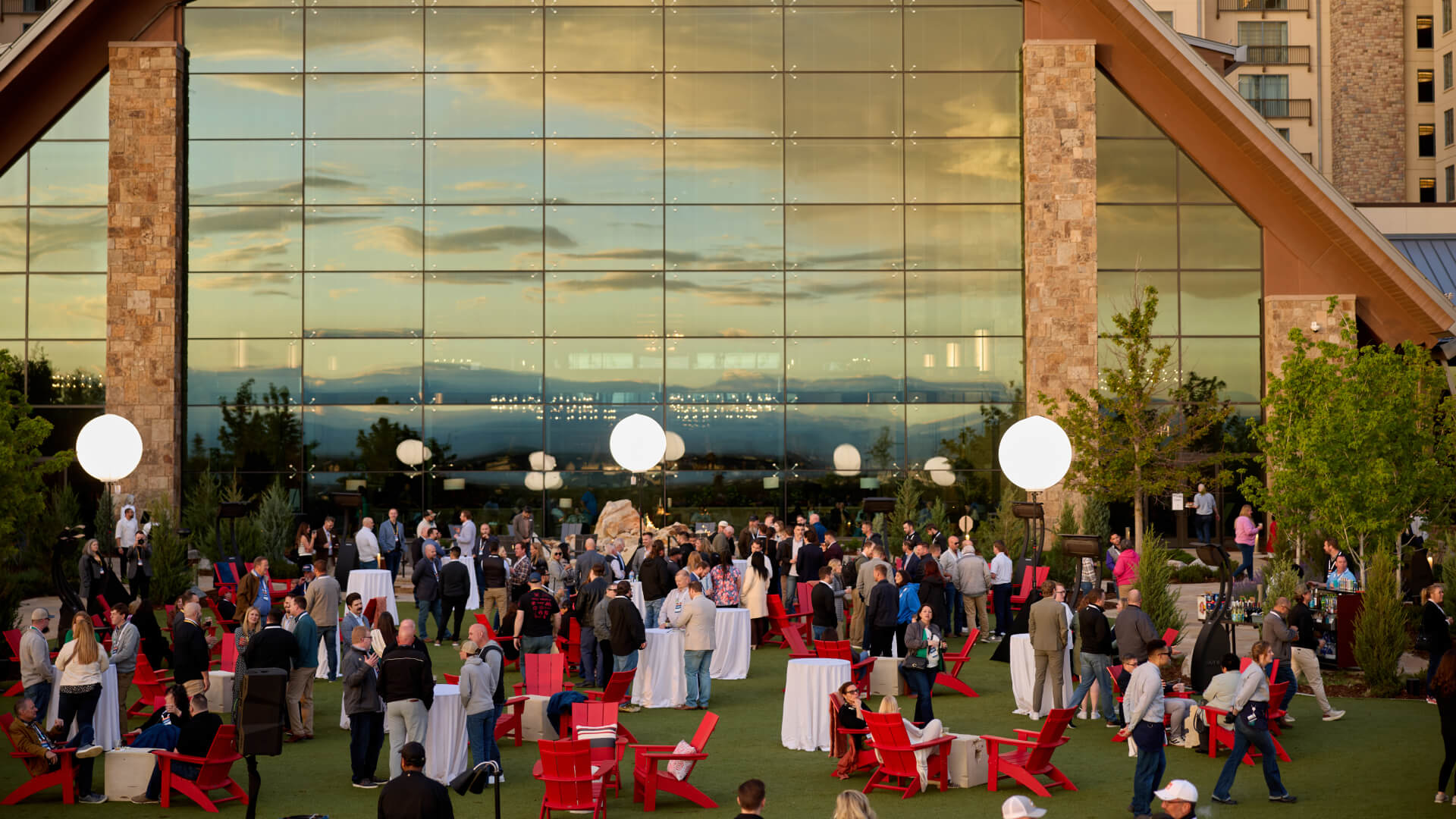
The Results Speak for Themselves
Does Summit change your business? Is it actually worth the cost? These outcomes speak for themselves.
David Swartout of Mountainview Medical Center has seen a 200% increase in revenue since he started attending Summit.
Pam Marshall of Marshall Pediatric Therapy said her business has grown more than seven times over the past decade. “We have just grown so much. I personally, as a leader, have grown tremendously. But our business, in the last 10 years since coming to Summit, we’ve grown about seven and a half times.”
And Tim Sargent from All Hours Mechanical echoed the ROI: “I’m a numbers person, and it felt like we got our money back in a week with what we learned at Summit.” His brother, Ken, put it simply: “You need it.”
Proven Value Year After Year
EntreLeadership Summit isn’t a one-time, lightning-in-a-bottle event. The event consistently brings heavy hitters to the stage. People like Simon Sinek, Condoleezza Rice, Peyton Manning, George W. Bush, Sara Blakely, Jocko Willink and Dan Cathy have graced EntreLeadership Summit stages.
No wonder every single year, attendees walk away with a full notebook and a brain full of ideas.
“These are the cheat codes that get you moving forward in business,” Britton Felber of Mission Windows & Remodeling said. “And when you can be around like-minded people that are supporting you, helping you, encouraging you—what more could we ask for?”
Angie Jensen of Utah Behavior Services shared, “[Summit] gave me the confidence to do what I knew I could do, and then it gave me the tools.”
When Dakota Krout and his team from Mountaindale Press came to Summit for the first time, they didn’t quite know what to expect. “Being a business owner and a leader is fairly lonely. . . . So leaving here, I realized how important it was to have more community in my life,” he said.
Another attendee summed up the value of Summit this way: “I wanted to find someone that was out of my market that I could talk to that wasn’t a competitive issue . . . and I found that person. . . . We’ve been best buddies for three years. We can call, and we can talk business. We can talk relationships. We can talk God. It’s probably the most powerful thing.”
Come Back Changed
So, whether it’s your first Summit or your fifth, you’ll find more to learn, more people to meet, and more ways to grow.
At least, that’s why Chris Troyer, owner of Longhorn Truss, keeps showing up—to five Summits and counting: “I keep coming back because there’s value there. I keep learning. And not only do I keep learning, but . . . I also associate with other businesspeople.”
And for Steven Watson of Lockheed Martin, Summit broke a stereotype: “I thought coming here, this is only for small-business owners. This is only for CEOs. . . . Not true at all. So much applies no matter whether you’re a CEO, mid-level manager, big company, small company—we’re all leaders. We’re all trying to figure things out.”
That’s the beauty of Summit. It meets you where you are and pushes you one step further.
The bottome line? Even if you come to Summit worn out or skeptical, you’ll still leave changed. Why? Because as much as the event is about what you learn, it’s also about what you remember.
You remember why you started in your field.You remember who you want to be.You remember you’re not alone.
“We always go home with actionable steps—things that we can do to grow our business for the next year,” one returning attendee shared. “And we plan to keep coming back over and over.”

